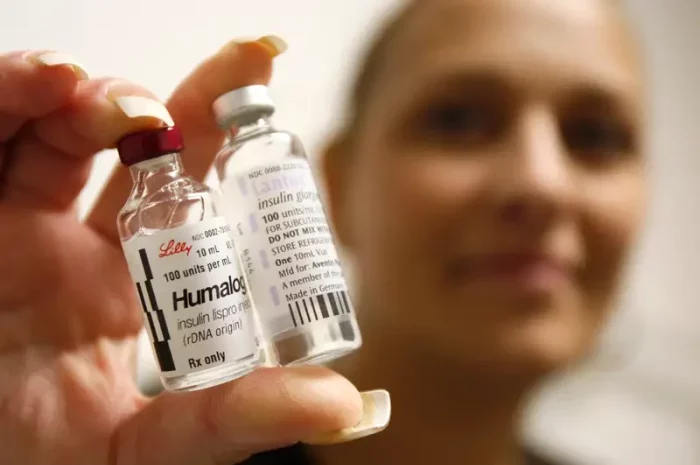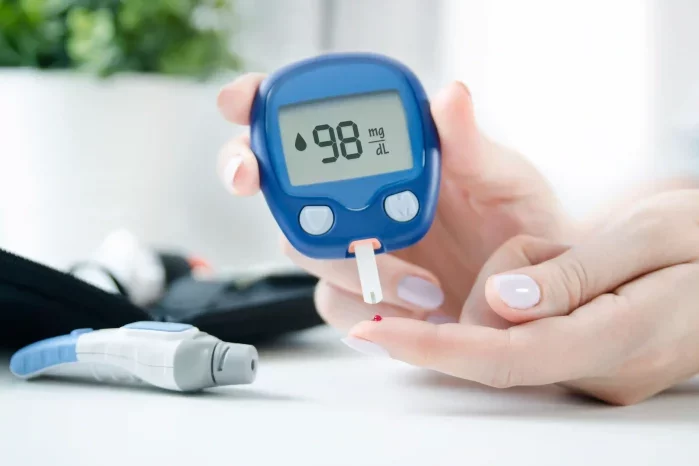Hemoglobin A1c (HbA1c) is a critical marker in the management of diabetes mellitus. As a diabetes doctor, I encounter numerous questions about HbA1c from patients and colleagues alike. This article aims to provide a comprehensive understanding of HbA1c, including its significance, interpretation, and the recommended target ranges for optimal diabetes control.
What is Hemoglobin A1c?
HbA1c is a form of hemoglobin that is chemically linked to glucose. It forms slowly over time as glucose binds irreversibly to hemoglobin in red blood cells. The amount of HbA1c reflects the average blood glucose levels over the past two to three months, serving as a valuable indicator of long-term glycemic control.
Significance of HbA1c
Maintaining optimal blood glucose levels is crucial in preventing diabetes-related complications such as cardiovascular disease, neuropathy, nephropathy, and retinopathy. HbA1c provides insight into how well blood glucose levels have been controlled over time, aiding in treatment decisions and assessing the effectiveness of diabetes management strategies.
Interpreting HbA1c Results
HbA1c levels are reported as a percentage of total hemoglobin. The American Diabetes Association (ADA) and the International Diabetes Federation (IDF) have established guidelines for interpreting HbA1c results:
- Normal: HbA1c below 5.7%
- Prediabetes: HbA1c between 5.7% and 6.4%
- Diabetes: HbA1c of 6.5% or higher
Individuals with diabetes are further categorized based on their HbA1c levels:
- Well-controlled diabetes: HbA1c less than 7%
- Moderately controlled diabetes: HbA1c between 7% and 8%
- Poorly controlled diabetes: HbA1c greater than 8%
Target HbA1c Ranges
The target HbA1c varies depending on individual factors such as age, comorbidities, life expectancy, and hypoglycemia risk. The ADA recommends the following target ranges:
- Adults with type 1 diabetes: 6.0% to 7.0%
- Adults with type 2 diabetes: Less than 7.0%
- Older adults: Less stringent targets may be appropriate, aiming for HbA1c less than 7.5% to reduce the risk of hypoglycemia
- Children and adolescents: Individualized targets based on age, duration of diabetes, and presence of comorbidities
It’s important to note that target ranges may be adjusted based on individual circumstances, such as pregnancy or the presence of complications.
Factors Affecting HbA1c
Several factors can influence HbA1c levels, potentially leading to discrepancies between measured and expected values:
- Erythrocyte lifespan: Conditions affecting red blood cell turnover, such as anemia or hemolysis, can alter HbA1c levels.
- Glycation rate: Variations in the rate at which glucose binds to hemoglobin can occur due to factors like genetic predisposition or ethnicity.
- Hemoglobin variants: Certain hemoglobin variants, such as hemoglobinopathies, can interfere with HbA1c measurement and interpretation.
- Medical conditions: Conditions affecting erythropoiesis, such as chronic kidney disease or liver disease, may impact HbA1c levels.
- Medications: Certain medications, such as iron supplements or erythropoietin therapy, can affect erythrocyte lifespan and HbA1c levels.
Importance of Regular Monitoring
Regular monitoring of HbA1c is essential for assessing the effectiveness of diabetes management strategies and making informed treatment decisions. For individuals with well-controlled diabetes, HbA1c should be monitored at least twice a year. Those with poorly controlled diabetes or undergoing treatment changes may require more frequent monitoring.
Strategies for Improving HbA1c
Achieving and maintaining target HbA1c levels requires a multifaceted approach that encompasses lifestyle modifications, medication adherence, and regular follow-up. Strategies for improving HbA1c include:
- Healthy eating: Following a balanced diet rich in fruits, vegetables, whole grains, and lean proteins can help regulate blood glucose levels.
- Physical activity: Engaging in regular exercise, such as brisk walking or cycling, can improve insulin sensitivity and lower HbA1c.
- Medication adherence: Taking prescribed medications as directed by healthcare providers is essential for controlling blood glucose levels.
- Blood glucose monitoring: Regular self-monitoring of blood glucose helps individuals understand how their lifestyle choices and medication regimen affect their HbA1c.
- Education and support: Diabetes education programs and support groups can empower individuals to make informed decisions about their health and adhere to treatment plans.
See also:How Do Glucose Monitors Work?
Conclusion
Hemoglobin A1c is a valuable tool in the management of diabetes, providing insight into long-term glycemic control and guiding treatment decisions. Understanding the significance of HbA1c, interpreting results accurately, and striving for target ranges are essential components of diabetes care. By incorporating lifestyle modifications, medication adherence, and regular monitoring, individuals with diabetes can work towards achieving optimal HbA1c levels and reducing the risk of complications. Collaborative efforts between healthcare providers and patients are crucial in optimizing diabetes management and improving overall health outcomes.
Related topics:

























